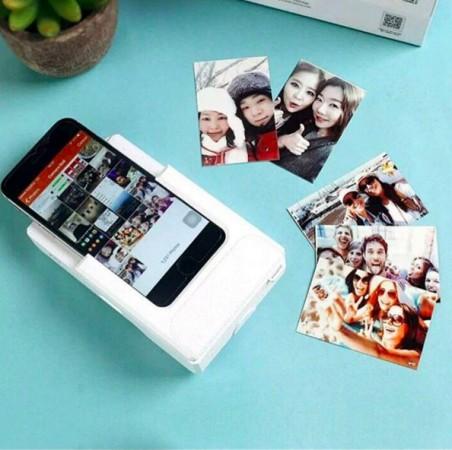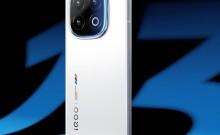
History repeats itself and Fujifilm's Instax cameras and Lomography seems to be a testament to that, at least in the world of photography. Now, one can join the analogue photo revolution without breaking into a sweat because all it takes now is a smartphone case — Prynt.
Designed to work with the iPhone 5/5s and SE, the iPhone 6/6s and iPhone 6 plus/6s plus and curiously the Samsung Galaxy S4 and S5, Prynt reportedly harnesses the power of Zink's Zero Ink printing technology to convert smartphones into instant cameras.
Based on the videos we've seen, the case/device is rather bulky and reportedly plugs into smartphones' micro-USB or Lightning ports. The printer itself attaches to an adaptor, into which the smartphone is plugged.
The case has a built-in battery and can store up to 10 credit card-sized Zink sheets. It also features a dedicated shutter button, and Prynt even has a dedicated app with some pretty nifty features like filters and borders. While the case prints the photo immediately, the app also backs the images up to the cloud, according to its makers.
Another really impressive feature of the Prynt is it also reportedly shoots a short video once the photo has been clicked, which can be viewed by scanning the print. The really cool part is Prynt has infused the video experience with a touch of augmented reality (AR) where the video plays out within the borders of the print.
You can watch Lewis from Unbox Therapy have his mind blown as he finds out how it works here.
What we didn't like about the device is that despite being a modular platform, it really doesn't support any relevant Android devices. From the Unbox Therapy video, one can gather that Prynt is proud of the fact that the device doesn't need Wi-Fi or Bluetooth to work, but we think that's the device's biggest failing. We'd be perfectly happy with securing our devices to the Prynt with a couple of elastic bands or even keep the device in a bag and print later had wireless printing been an option. The makers could have at least allowed users to tap in to the device's micro-USB port, which is currently used to charge the battery.
Maybe that's why it seems like both Polaroid and Fujifilm may be on to something; both companies offer standalone printers that connect wirelessly to devices to print photos instantly. While Fuji's printer uses Instax instant film, Polaroid's offering embraces the same tech as Prynt.












